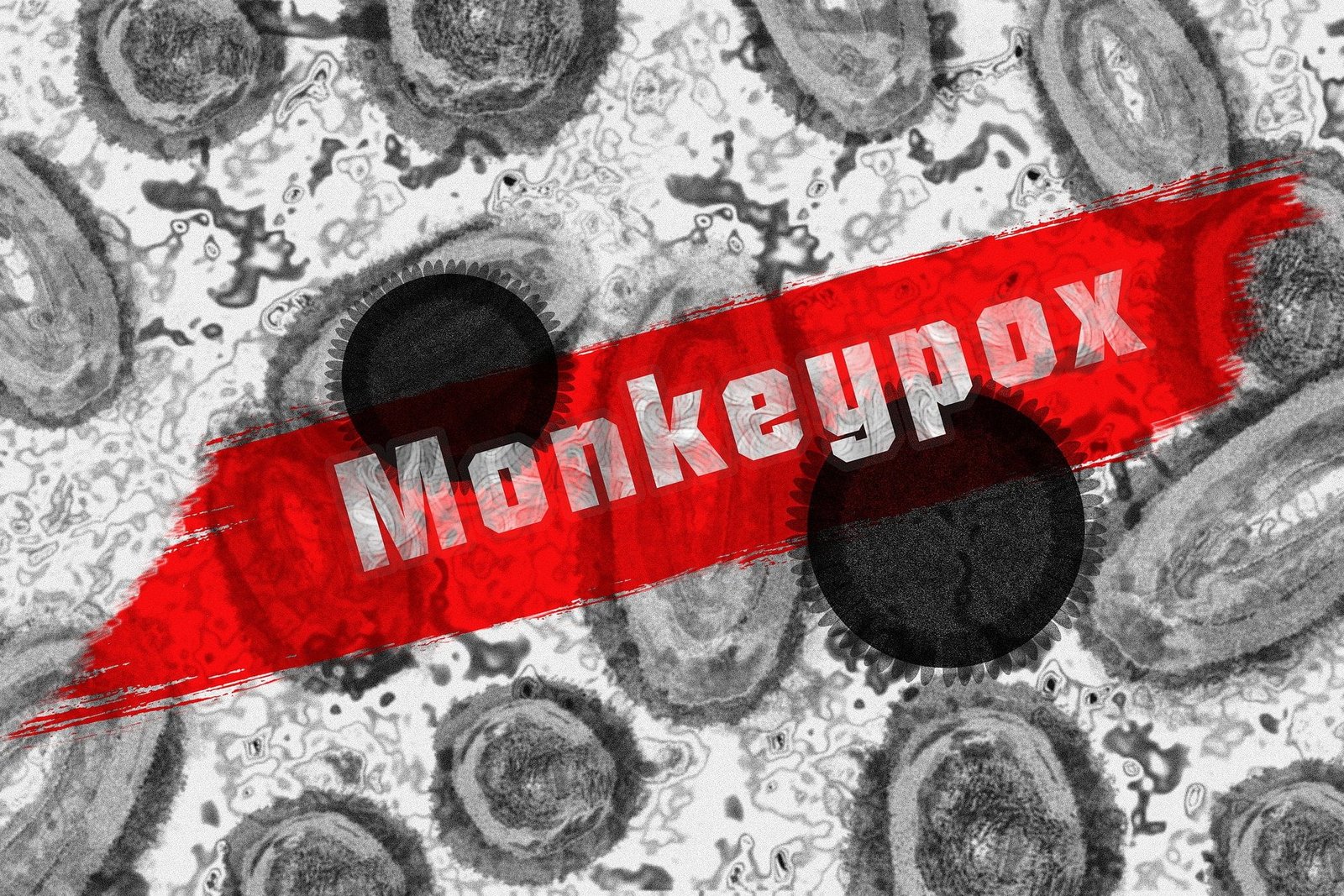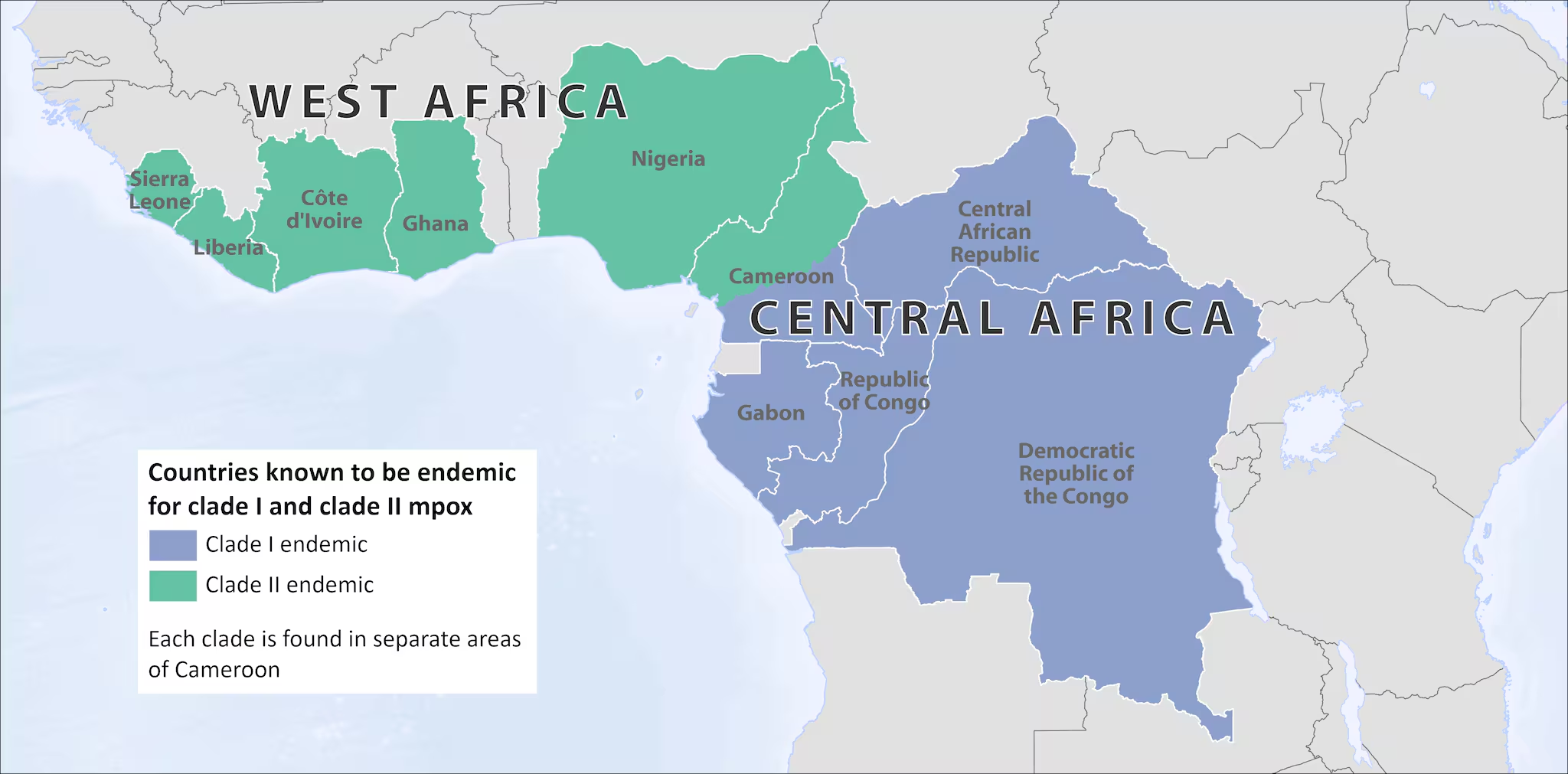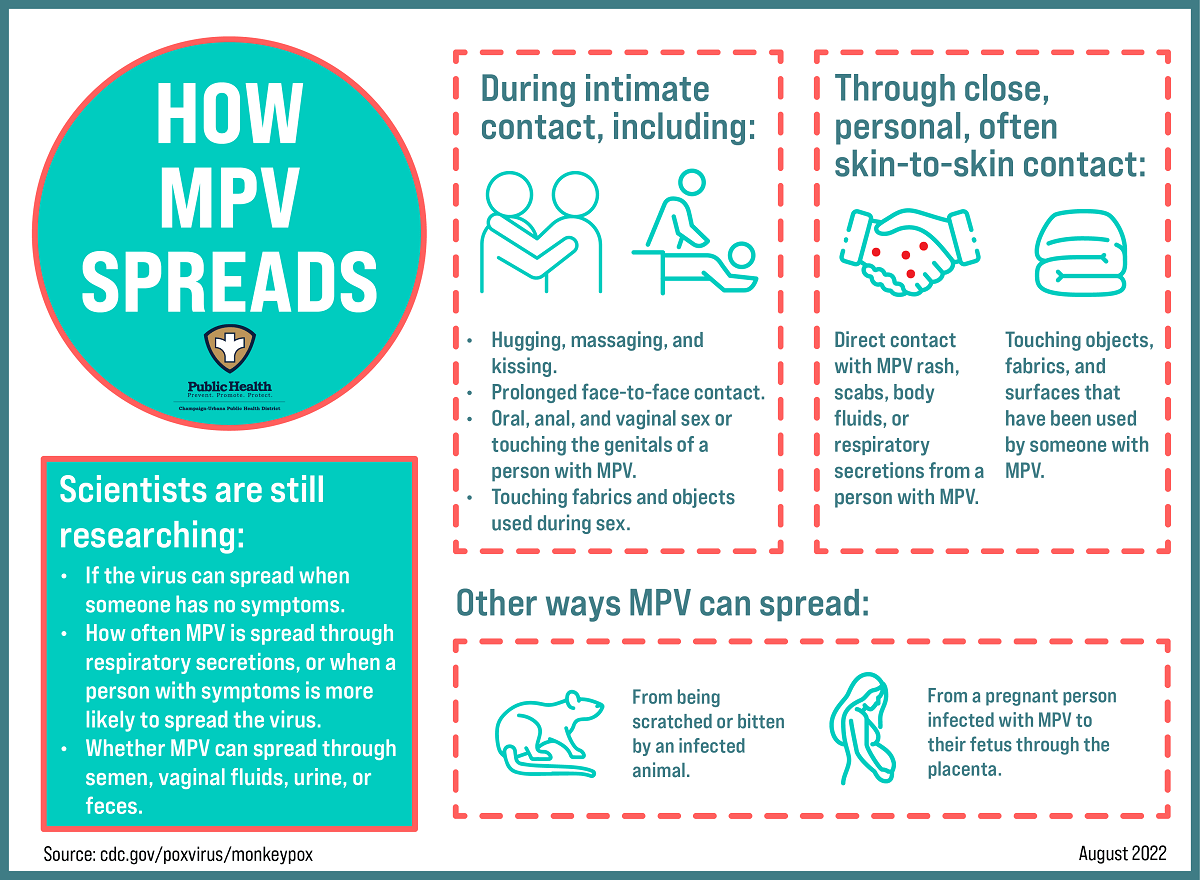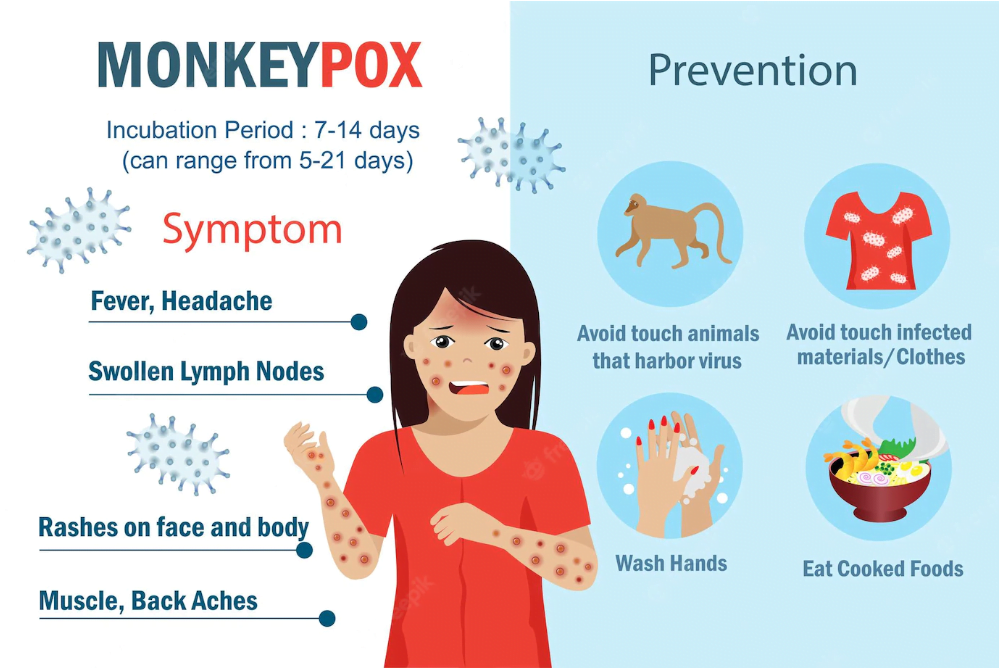
Monkeypox Disease (Mpox): Comprehensive Guide on Symptoms, Prevention, and Treatment
Monkeypox Disease popularly known as Mpox, is a viral disease caused by the Monkeypox virus, which is part of the same family of viruses that causes smallpox. Although the name might suggest otherwise, Mpox is not related to chickenpox. The disease is characterized by a rash that progresses through several stages before healing. Mpox is zoonotic, meaning it can be transmitted between animals and humans, and it is endemic in parts of Central and West Africa. Various mammals, including small rodents and monkeys in these regions, can harbor the virus.
Discovery and Historical Background
The Monkeypox virus was first identified in 1958 during outbreaks of a pox-like illness in monkey colonies kept for research. Despite the name, the exact source of Mpox remains unclear. Scientists believe that African rodents and non-human primates, such as monkeys, may carry the virus and infect humans.
The first recorded human case occurred in 1970 in what is now the Democratic Republic of the Congo. Before the global spread in 2022, Mpox cases outside Africa were rare and usually linked to travel or imported animals from endemic regions. The disease was renamed by the World Health Organization (WHO) in 2022 to comply with modern guidelines that avoid stigmatizing names.
The Virus
There are two distinct types of the Monkeypox virus: clade I and clade II. Clade I is more virulent and has caused fatal outbreaks, with mortality rates reaching up to 10% in some cases, although recent outbreaks have seen lower death rates. This type is primarily found in Central Africa. Clade II, responsible for the 2022 global outbreak, is less severe, with a survival rate of over 99.9%. This clade is endemic to West Africa. Both types of the virus can spread through direct contact with infected animals, close contact with an infected person, or contact with contaminated materials.

Risk of the Monkeypox Disease
While most cases of Mpox are not life-threatening, certain groups are at a higher risk of developing severe illness. These include individuals with weakened immune systems, young children under the age of one, people with a history of eczema, and those who are pregnant. In severe cases, complications can arise, including widespread lesions, bacterial infections, and lung infections. People with severe Mpox may require hospitalization and antiviral treatment.
Five Key Steps to Prevent Monkeypox Disease
Get Vaccinated: Vaccine is recommended for Monkeypox Disease or Mpox prevention. A two-dose regimen provides the best protection, even if there’s a delay between doses.
Practice Safe Social Interactions: If you’re at risk and haven’t been vaccinated, consider temporarily altering activities that involve close personal contact, such as attending events with minimal clothing where skin-to-skin contact is likely.
Avoid Close Contact: Stay away from people with visible rashes or animals known to carry the virus. This includes avoiding any skin-to-skin contact with someone displaying symptoms of Mpox.
Steer Clear of Contaminated Items: Don’t share eating utensils or bedding with someone who has Mpox, and follow proper cleaning protocols if you or someone in your household is infected.
Wash Your Hands Frequently: Regular handwashing with soap and water or using an alcohol-based hand sanitizer is one of the most effective ways to prevent infection.
Monkeypox Disease : Symptoms
Mpox symptoms vary, but they commonly include a rash lasting 2-4 weeks, often accompanied by fever, headache, muscle aches, back pain, low energy, and swollen lymph nodes. The rash typically appears as blisters or sores and can affect various body parts, including the face, hands, feet, and genital areas. Some people may experience severe complications, such as secondary bacterial infections, encephalitis, myocarditis, or pneumonia, which may necessitate hospitalization.

How Monkeypox Disease Spreads?
Mpox primarily spreads through close, direct contact with an infected individual. This includes skin-to-skin contact, mouth-to-mouth, or mouth-to-skin contact. The virus can also persist on clothing, bedding, and other surfaces touched by an infected person. Transmission from animals to humans can occur through contact with infected animals, such as rodents or monkeys, or by consuming undercooked meat from infected animals. The virus can also be transmitted from humans to animals, so people with Mpox should avoid close contact with pets and livestock.

Treatment and Vaccination
Although there is no specific cure for Mpox, supportive care can alleviate symptoms, and some antiviral treatments, originally developed for smallpox, have shown promise. Tecovirimat, an antiviral approved by the European Medicines Agency in 2022, is one such treatment, though its use is still limited. Vaccines are recommended for those at high risk of exposure, particularly during outbreaks.
Research is still in progress to control the Monkeypox Disease as well as to give specific medication,
Monkeypox Disease During Pregnancy and the Risk of Reinfection
Pregnant individuals who contract Mpox are at higher risk for complications, including pregnancy loss, stillbirth, or neonatal death. It’s crucial for pregnant people to avoid close contact with anyone infected with Mpox and seek immediate medical advice if exposed.
There have been reports of second infections, though our understanding of immunity after Mpox is still developing. Even if someone has recovered from Mpox, they should continue to take precautions to avoid reinfection and protect others, especially in household settings.
Conclusion
Monkeypox Disease or Mpox is a serious viral disease with potential for severe complications, especially in vulnerable populations. Awareness of how the virus spreads, recognizing symptoms, and taking preventive measures, including vaccination, are crucial steps in protecting yourself and others from Mpox. With ongoing research and global health efforts, better treatments and vaccines are becoming available, offering hope for more effective management and control of this disease.
Monkeypox is a viral disease that can spread from animals to humans and from person to person.
The virus is transmitted through direct contact with infected animals or humans, or through contaminated objects..
Symptoms include fever, rash, and swollen lymph nodes, with the illness typically lasting 2-4 weeks.
While similar to smallpox, monkeypox is less contagious and generally less severe.
Recent outbreaks have occurred in Europe, North America, and Asia, highlighting its global spread.